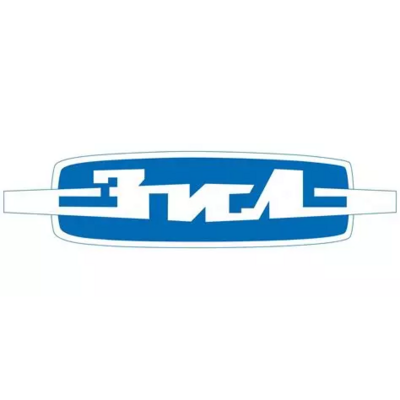I assume there’s some historical reason for this, but currently, the way scene releases reach most people seems to consist of:
-
Sites that track releases post the nfo file of the release; these sites generally don’t provide the release itself.
-
People then look for the release via various channels and download it.
Wouldn’t it make sense for the nfo to contain the checksum of the actual release, letting pirates verify unmodified copies of it and making it easier to avoid versions that have been modified in various ways?
Obviously you’d still have to trust both the site where you got the NFO (and therefore the checksum) and the people who made the original release, but those are usually relatively trustworthy, being known people who have handled a lot of releases with no problems - a lot of the danger of viruses and the like in software piracy comes from the risk of middlemen adding something.
deleted by creator
most of there .nfo include .sfv files.
But they are mostly crc32, that’s 100% useless.
Good question. I guess people thought naively that .sfv files were enough, but of course that’s not true.
Some .nfo files contain md5s for things, but that would be easily changeable.
It would have to be a cryptographic checksum, using something like GPG/PGP with a distributed fingerprint to be any good.
I’ve seen one or two over the years, but not as many as you’d expect for people that should be worried about security and image.
deleted by creator
I’ve noticed some scene game/software releases have blake3 hashes now. That doesn’t account for everything else, but I’d say it’s a good step.
93A1A71EABD6B6CD658458CC1F4
The SFV file contains checksums.
deleted by creator
Point 2: “Sites which track NFOs” track NFO files of scene releases because noone cares about P2P NFOs. Scene releases are intended to spread on FTP, not BitTorrent. They also come with CRC-32 checksums in file extension .SFV
my bad. deleted my previous guesses since it seems i missed a few key words there



